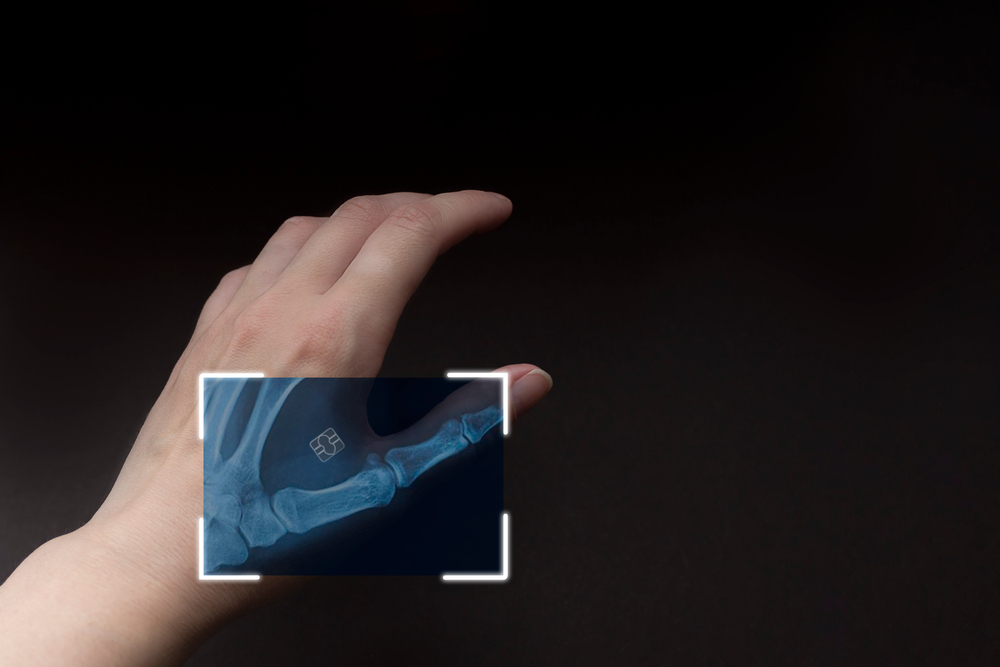Decoding the Magic Within Microchip Implants
In the last decade, microchip implants have shifted from dystopian science fiction to a reality for a select, adventurous few. In this article, we delve into the fascinating world of microchip implants, tracking their rise, examining current developments, and pondering the potential future of this disruptive technology.

A Trip Down Memory Lane
Microchip implants have their roots in the field of Radio-Frequency Identification (RFID) technology. RFID, first patented in 1983, enabled objects to be tracked and identified wirelessly. It wasn’t until the early 2000s that the technology was miniaturized enough to be implanted under the skin. The first reported human microchip implant occurred in 1998, when British scientist Kevin Warwick had an RFID chip implanted in his arm to control doors, lights, and other devices.
The Current State of Microchip Implants
Fast-forward to today, and microchip implants have moved beyond experimental tech labs. Companies like Dangerous Things and Biohax International offer implantable microchips to anyone interested. The chips, inserted under the skin between the thumb and index finger, can be programmed to perform a variety of tasks like unlocking doors, storing medical data, or even making payments.
The Price and Market Impact
The cost of getting a microchip implant is surprisingly affordable, with prices ranging from $50 to $200, dependent on the complexity of the chip. However, the real impact of microchip implants lies in their potential to revolutionize a range of industries. With the ability to store essential medical data, the healthcare industry could see significant benefits. Meanwhile, the banking and retail sectors could be transformed by the secure, contactless payment options microchip implants offer.
The Future of Microchip Implants
While the future of microchip implants is still hazy, it’s clear that their potential is enormous. Imagine a world where lost keys are a thing of the past, and your medical history is always at your fingertips. However, there are ethical and security considerations that need to be addressed before microchip implants become mainstream. Issues around data privacy, consent, and the potential for hacking are all significant concerns that need to be addressed.
Conclusion
Microchip implants are no longer a sci-fi fantasy but a real-world technology that’s gaining traction. As we continue to merge biology and technology, it’s likely that the adoption of microchip implants will grow. However, like all technology, it must be developed and used responsibly, with careful attention to the potential risks and ethical considerations. This is a compelling, emerging field that we’ll be watching closely in the years to come.




